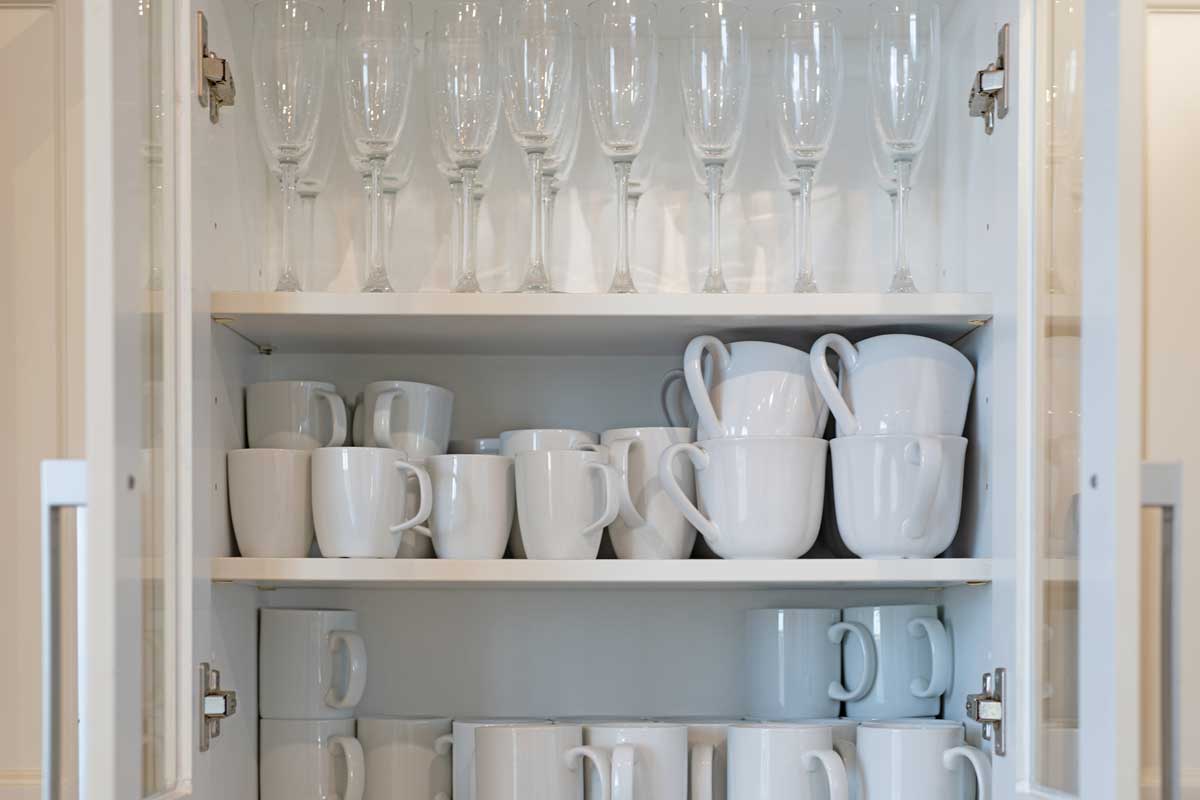

Articles
How To Store Drinking Glasses
Modified: August 16, 2024
Learn how to properly store drinking glasses with these helpful articles. Find tips and tricks to keep your glassware safe and organized.
(Many of the links in this article redirect to a specific reviewed product. Your purchase of these products through affiliate links helps to generate commission for Storables.com, at no extra cost. Learn more)
Introduction
When it comes to storing drinking glasses, it’s important to take the necessary precautions to ensure they remain safe and in good condition. Whether you have a collection of delicate crystal glasses or everyday tumblers, proper storage will help prevent damage and extend their lifespan. In this article, you will learn the best practices for storing drinking glasses and how to avoid common mistakes that can lead to breakage or scratches.
Storing drinking glasses may seem like a simple task, but it can be more complex than you think. Factors such as temperature, humidity, and the type of glassware all play a role in maintaining their quality. By following the right methods, you can ensure that your drinking glasses stay sparkling clean, free from cracks or chips, and ready to be used at any time.
So, whether you’re preparing for a move, decluttering your kitchen, or simply want to keep your collection of glasses organized, read on to discover the best practices for storing drinking glasses.
Key Takeaways:
- Proper storage of drinking glasses is crucial for maintaining their quality and longevity. From avoiding stacking to choosing the right storage location, following best practices can ensure your glasses remain safe and ready for use.
- When storing drinking glasses, it’s important to use protective packaging materials and avoid common mistakes such as stacking without protection or storing dirty glasses. By implementing these guidelines, you can protect your glasses and enjoy them for years to come.
Read more: How To Store Rainwater For Drinking
Best Practices for Storing Drinking Glasses
Proper storage techniques can make a significant difference in preserving the quality of your drinking glasses. Here are some best practices to keep in mind:
- Avoid stacking: When possible, try to avoid stacking your glasses. Stacking can increase the risk of scratches, cracks, or breakage. If you must stack them, place a soft cloth or padding between each glass to provide a protective barrier.
- Separate fragile glasses: If you have delicate or fragile glasses, it’s best to store them separately from the rest. This will minimize the chances of them getting damaged by heavier or sturdier glasses.
- Use dedicated racks or dividers: Investing in dedicated glass racks or dividers can help keep your glasses organized and protected. These racks or dividers prevent glasses from touching each other, reducing the risk of damage.
- Avoid extreme temperatures: Fluctuations in temperature can cause glasses to expand or contract, leading to cracks or breakage. Choose a storage location with a consistent temperature to minimize these risks.
- Keep away from direct sunlight: Prolonged exposure to sunlight can cause fading or discoloration of your glasses. Store them in a dark or shaded area to maintain their appearance.
- Consider using glass storage boxes: Glass storage boxes with dividers or inserts can provide an extra layer of protection for your drinking glasses.
By following these best practices, you can ensure that your drinking glasses are stored in a safe and secure manner, minimizing the risk of damage and prolonging their lifespan.
Choosing the Right Location for Storage
The location where you store your drinking glasses plays a key role in maintaining their quality and preventing damage. Here are some factors to consider when choosing the right storage location:
- Avoid areas prone to vibrations: Vibrations can cause glasses to shift and collide, increasing the risk of breakage. Avoid storing your glasses near washing machines, dryers, or any other appliances that generate vibrations.
- Keep away from high traffic areas: Choose a storage location that is not in the way of heavy foot traffic or where items are frequently moved. This will reduce the chances of accidental bumps or knocks.
- Consider the humidity level: Excessive humidity can lead to mold growth or moisture damage on your glasses. Find a storage space where humidity levels are controlled and not too high.
- Check for proper ventilation: Good ventilation helps maintain a stable environment for your glasses. Avoid storing them in areas that are poorly ventilated or prone to high moisture levels.
- Take advantage of vertical space: If you have limited horizontal space, consider using vertical storage methods such as wall-mounted racks or hanging storage solutions. This can help optimize space while keeping your glasses easily accessible.
- Consider storage temperature: Extreme temperatures can be detrimental to your drinking glasses. Avoid storage areas that are excessively hot or cold, as rapid temperature changes can cause glasses to expand or contract.
By choosing the right location for storage, you can ensure that your drinking glasses remain protected and in optimal condition for future use.
Cleaning and Drying Glasses before Storage
Before you store your drinking glasses, it’s crucial to clean and dry them properly to remove any residue or moisture. Here are some steps to follow:
- Hand wash with mild detergent: Avoid using harsh chemicals or abrasive scouring pads that can damage your glasses. Instead, gently hand wash them using a mild dish detergent and warm water.
- Rinse thoroughly: Make sure to rinse the glasses thoroughly to remove any remaining soap residue.
- Avoid excessive scrubbing: When washing, be gentle and avoid excessive scrubbing, especially for delicate or decorated glasses. Scrubbing too hard can cause scratches or remove the design.
- Dry using lint-free cloth: After washing, use a lint-free cloth or microfiber towel to dry the glasses. Avoid using regular kitchen towels, as they can leave lint on the surface.
- Air dry: For complete drying, let the glasses air dry for a few minutes in an upright position to allow any remaining moisture to evaporate.
- Inspect for any water spots: Before storing, inspect the glasses for any water spots or streaks. If necessary, use a soft cloth to gently buff them away.
It’s crucial to ensure that your glasses are completely dry before storing them to avoid mold, mildew, or water damage. Moisture can lead to unpleasant odors and potential damage to the glass over time.
By following these cleaning and drying steps, you can ensure that your drinking glasses are in pristine condition and ready for storage.
Organizing Glasses in a Safe and Efficient Manner
Proper organization is key when it comes to storing drinking glasses. Here are some tips to help you organize them in a safe and efficient manner:
- Sort by size and type: Start by sorting your glasses based on their size and type. Group similar glasses together to make it easier to locate and access them when needed.
- Arrange glasses upright: Store glasses in an upright position to avoid any pressure or stress on the rims, which can lead to breakage. Placing them upside down can also trap moisture and create a breeding ground for bacteria.
- Utilize adjustable shelves: If possible, use adjustable shelves in your storage area to accommodate glasses of different heights. This will help you make the most of the available space.
- Label the shelves or boxes: Consider labeling the shelves or boxes with the type or purpose of the glasses stored inside. This will make it easier to locate specific glasses without rummaging through everything.
- Create dedicated sections: Divide your storage area into sections based on the type of glasses or their frequency of use. For example, you can have a section for everyday glasses and another for special occasion glassware.
- Leave some space between glasses: To prevent glasses from touching and potentially causing damage, leave a small gap between each glass. This will also facilitate airflow and prevent any moisture buildup.
- Consider using shelf liners: Using shelf liners can provide an additional layer of protection and prevent glasses from slipping or sliding around. Look for non-slip liners that are easy to clean.
By organizing your glasses in a safe and efficient manner, you can easily locate them when needed and minimize the risk of accidents or damage during storage.
To store drinking glasses, stack them with a layer of padding in between each glass to prevent chipping or scratching. Avoid overcrowding the storage space to minimize the risk of breakage.
Read more: What Drinks Go In A Coupe Glass
Using Protective Packaging Materials
When storing drinking glasses, it’s important to use protective packaging materials to provide an extra layer of protection. Here are some materials you can use:
- Bubble wrap: Wrap each glass individually with bubble wrap to cushion them and protect against impacts or jostling during storage.
- Cardboard dividers: If you have a storage box or container, consider using cardboard dividers to create separate compartments for each glass. This will prevent them from touching and potentially scratching each other.
- Tissue paper or soft cloth: For extra protection, you can wrap glasses in tissue paper or soft cloth before placing them in a box or container. This will help prevent any dust or dirt from settling on the glasses.
- Foam sleeves: Foam sleeves or foam pouches are designed specifically for glassware storage and provide excellent cushioning for your glasses.
- Styrofoam or packing peanuts: If you have extra space within your storage box or container, use styrofoam sheets or packing peanuts to fill the gaps. This will prevent the glasses from shifting or moving around during transport or storage.
- Plastic storage bins with lids: Consider using plastic storage bins with secure lids to keep your glasses protected from dust, moisture, and potential accidents.
When using protective packaging materials, always ensure that they are clean and free from any substances that could transfer onto your glasses. Avoid using materials that are overly harsh or abrasive, as they can damage the glass surfaces.
By utilizing these protective packaging materials, you can add an extra layer of security and minimize the chances of your glasses getting damaged during storage.
Additional Tips for Long-Term Storage
Long-term storage requires additional care to ensure your drinking glasses remain in optimal condition. Here are some extra tips to keep in mind:
- Regularly inspect stored glasses: Periodically check on your stored glasses to ensure they are free from any damage or signs of deterioration. This will allow you to address any issues promptly.
- Rotate glasses: If you have a large collection of drinking glasses, consider rotating them periodically. This helps ensure that all glasses are being used and prevents any one glass from being left unused for an extended period.
- Avoid storing near strong odors: Keep your glasses away from areas with strong odors or chemicals, as they can potentially be absorbed by the glass and impact the taste of beverages.
- Monitor temperature and humidity: Regularly monitor the storage environment to ensure temperature and humidity levels remain within an ideal range. Extreme fluctuations can be harmful to your glasses.
- Handle with care: When it’s time to retrieve or move your stored glasses, handle them with care. Use both hands and avoid gripping the glass at its most fragile points, such as the stem or delicate areas.
- Store in a dark place: Light can potentially lead to discoloration or fading of certain materials used in drinking glasses. Store them in a dark place to preserve their appearance.
- Consider climate-controlled storage: If you have valuable or delicate glasses, consider storing them in a climate-controlled storage unit. These units provide a consistent temperature and humidity level, minimizing the risk of damage.
By following these additional tips, you can ensure that your drinking glasses remain in excellent condition for the long term, ready to be used and enjoyed whenever needed.
Avoiding Common Mistakes When Storing Drinking Glasses
To ensure the longevity and quality of your drinking glasses, it’s essential to avoid common mistakes when storing them. Here are some mistakes to steer clear of:
- Stacking glasses without protection: Stacking glasses without any protective padding can lead to scratches, chips, or breakage. Always use soft cloth or padding between glasses to prevent them from rubbing against each other.
- Storing dirty glasses: Placing dirty glasses in storage can lead to the buildup of stains, odors, or even mold. Always clean and thoroughly dry glasses before storing them to maintain their pristine condition.
- Using improper storage containers: It’s important to choose appropriate containers for storing glasses. Avoid using containers that are too small, as glasses may be cramped and more prone to damage. Also, opt for sturdy and secure containers that can protect glasses from impacts and environmental factors.
- Ignoring the storage environment: Neglecting temperature and humidity levels can have adverse effects on your glasses. Avoid storing glasses in areas with extreme temperatures or high humidity, as these conditions can cause glass expansion or moisture-related issues.
- Overloading storage shelves or cabinets: Keep in mind the weight capacity of your storage shelves or cabinets. Overloading them with too many glasses can lead to instability and potential collapse, resulting in damage to your glasses.
- Storing glasses in direct sunlight: Exposure to direct sunlight can cause fading or discoloration of glasses, especially those with colored or decorative patterns. Ensure your storage area is shielded from direct sunlight to preserve the appearance of your glasses.
- Neglecting regular maintenance: Regularly inspect your stored glasses for any damage, such as chips, cracks, or loose pieces. Checking them periodically allows you to address any issues before they worsen.
- Mixing fragile and sturdy glasses: Storing delicate glasses alongside sturdier ones can increase the risk of damage. Separate fragile glasses from the rest and provide them with extra protection to minimize the chance of breakage.
By avoiding these common mistakes, you can ensure that your drinking glasses are stored in a way that preserves their condition, keeps them safe from harm, and allows for easy access when needed.
Conclusion
Proper storage of drinking glasses is essential to maintain their quality, prevent damage, and prolong their lifespan. By following the best practices outlined in this article, you can ensure that your glasses remain safe and in excellent condition, ready to be used whenever you need them.
From choosing the right storage location to cleaning and drying glasses before storage, each step plays a crucial role in maintaining the integrity of your drinking glasses. Organizing glasses in a safe and efficient manner, using protective packaging materials, and considering long-term storage tips are all key factors in preserving the quality of your collection.
Additionally, avoiding common mistakes such as stacking glasses without protection, storing dirty glasses, and neglecting the storage environment can make a significant difference in the longevity of your glasses.
Remember to regularly inspect your stored glasses and handle them with care when retrieving or moving them. Creating a proper storage routine and investing in the necessary materials and containers will go a long way in ensuring the safety and longevity of your drinking glasses.
By implementing these guidelines and taking the necessary precautions, you can protect your drinking glasses and enjoy them for many years to come, whether for everyday use or special occasions.
Frequently Asked Questions about How To Store Drinking Glasses
Was this page helpful?
At Storables.com, we guarantee accurate and reliable information. Our content, validated by Expert Board Contributors, is crafted following stringent Editorial Policies. We're committed to providing you with well-researched, expert-backed insights for all your informational needs.
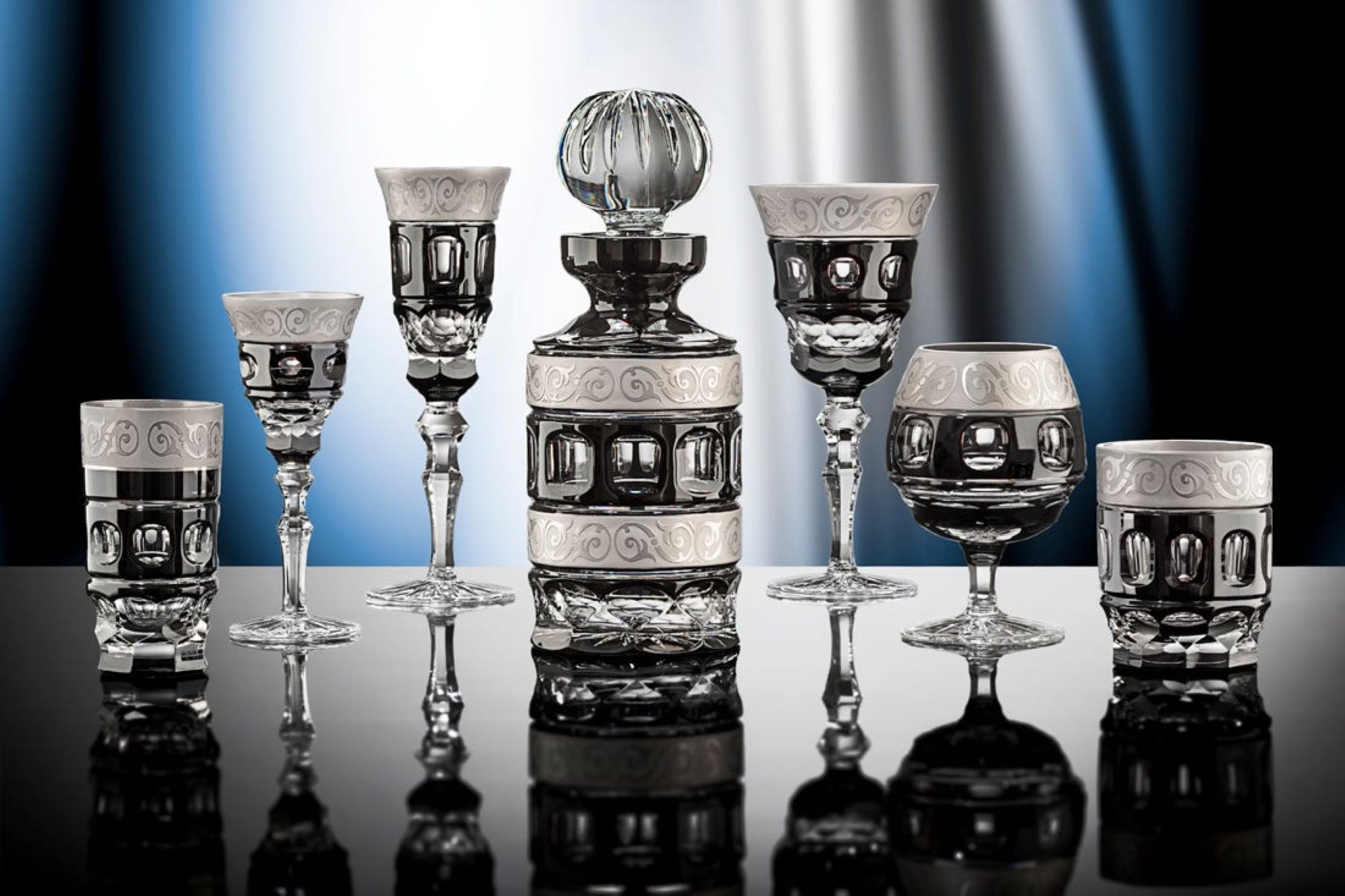
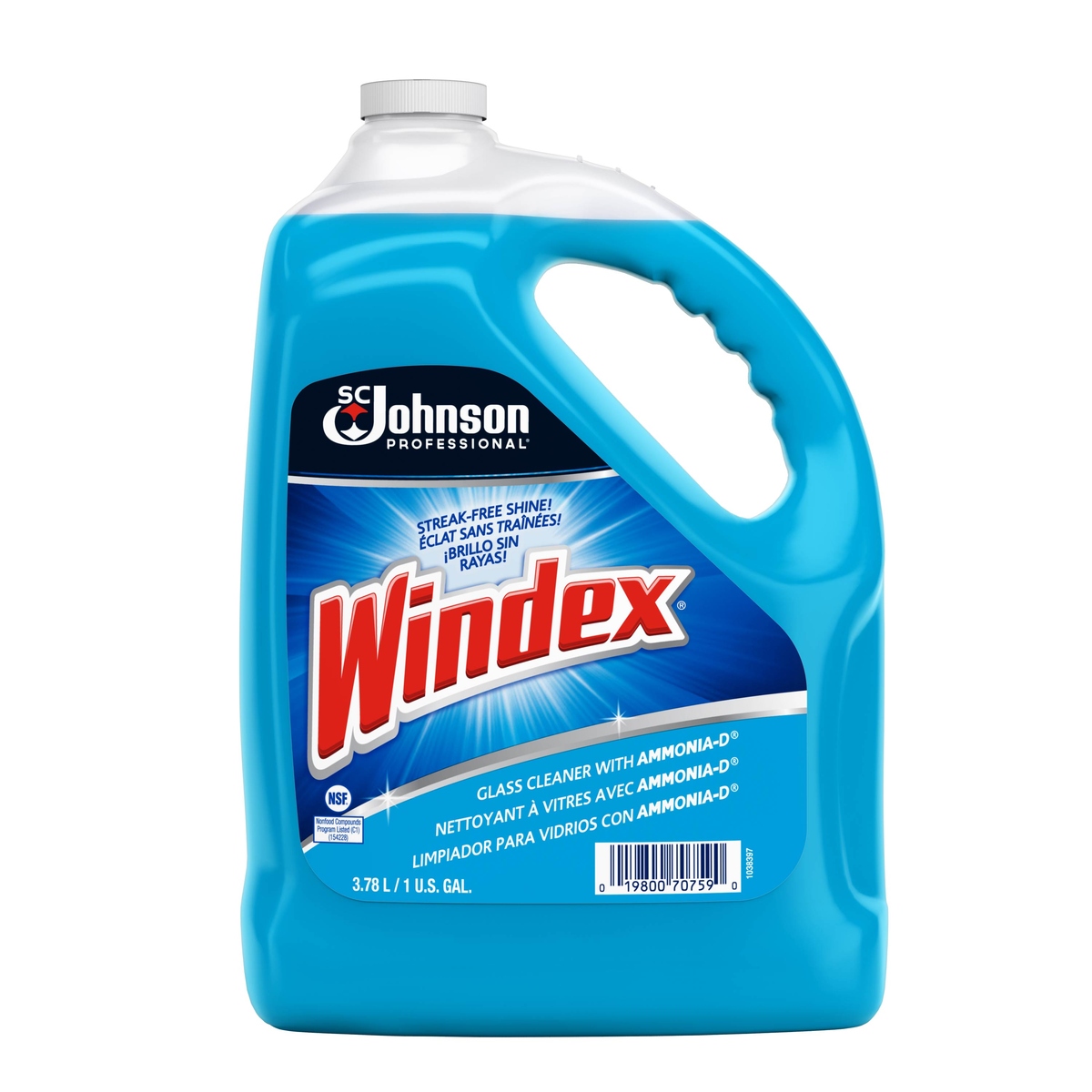
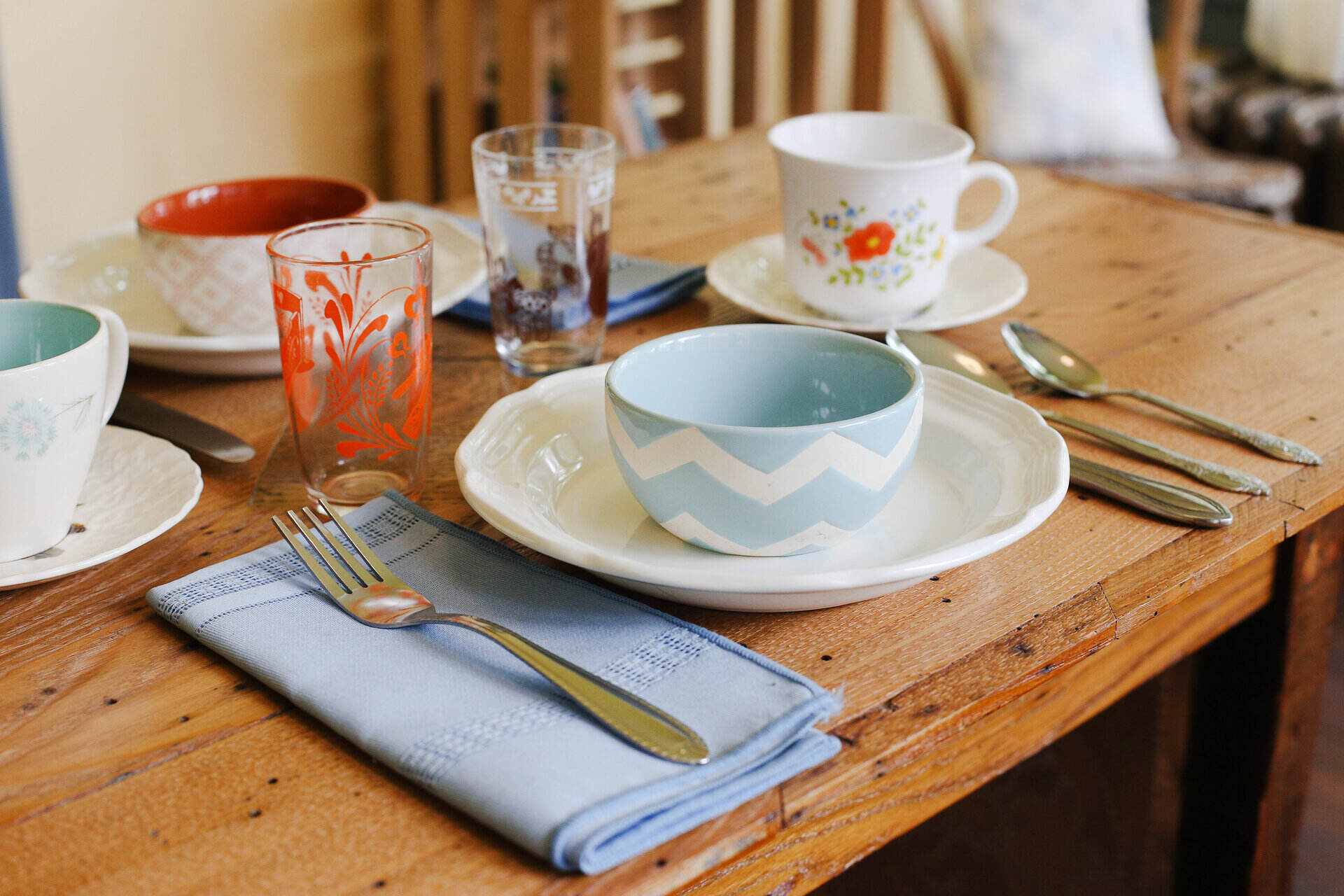

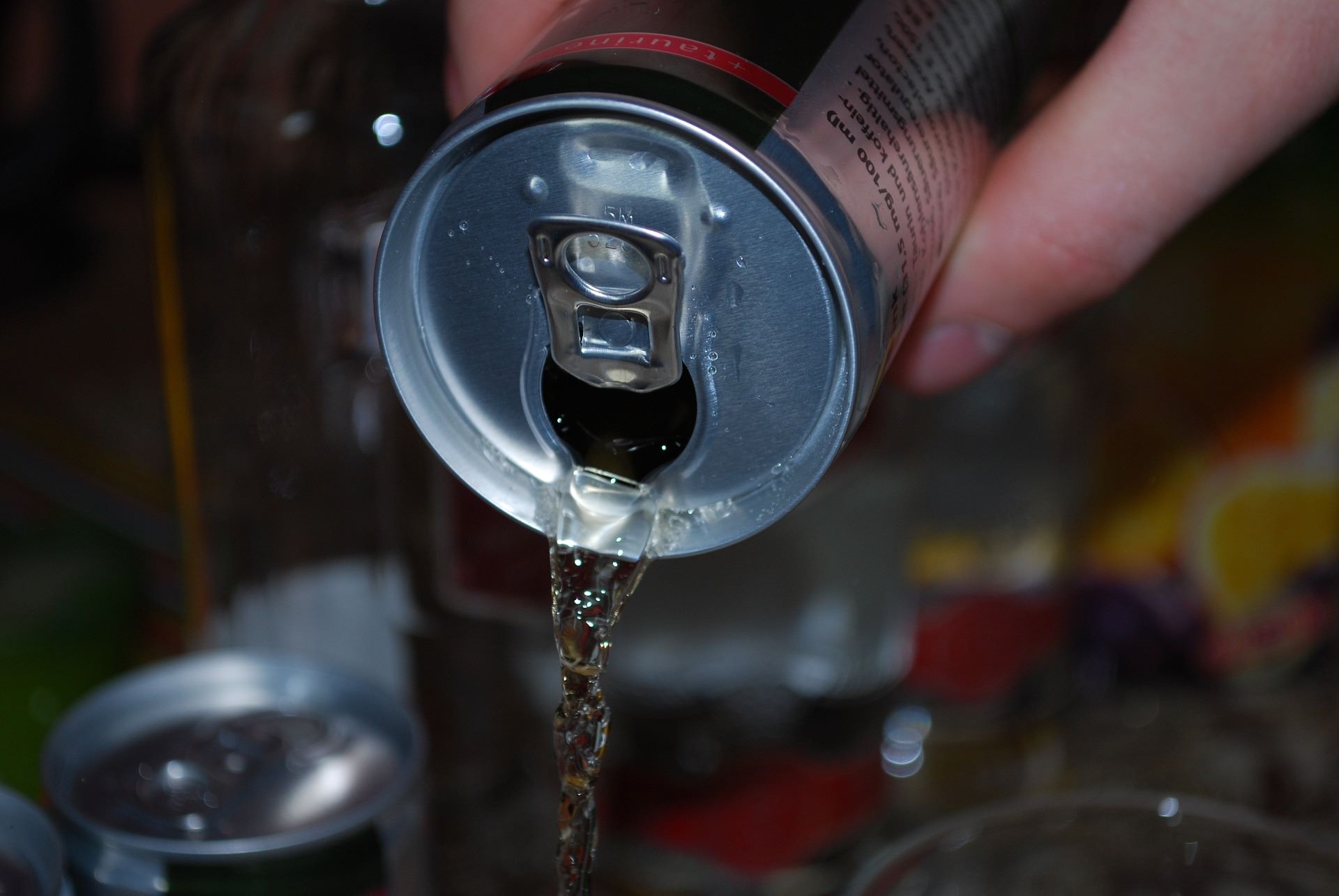
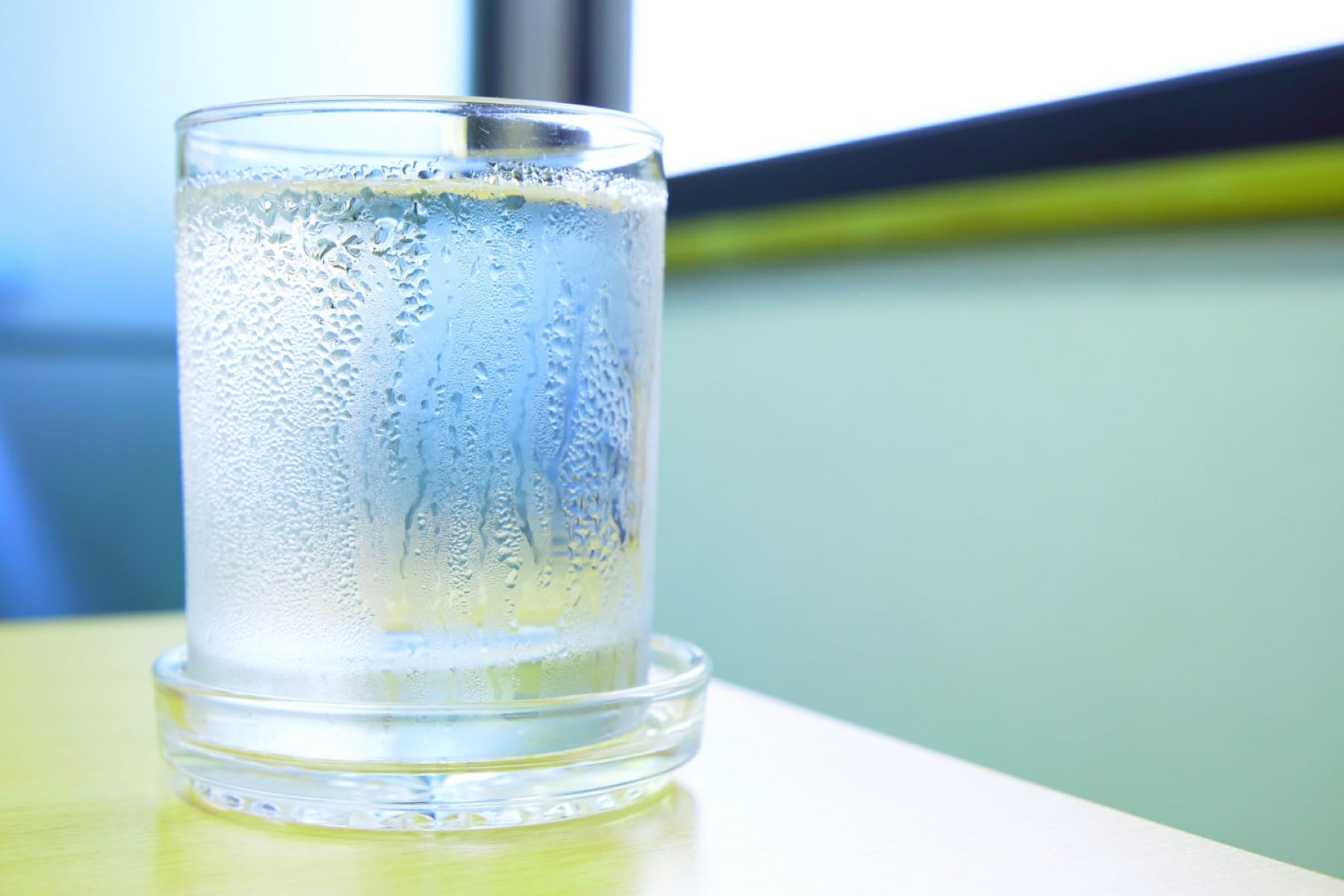
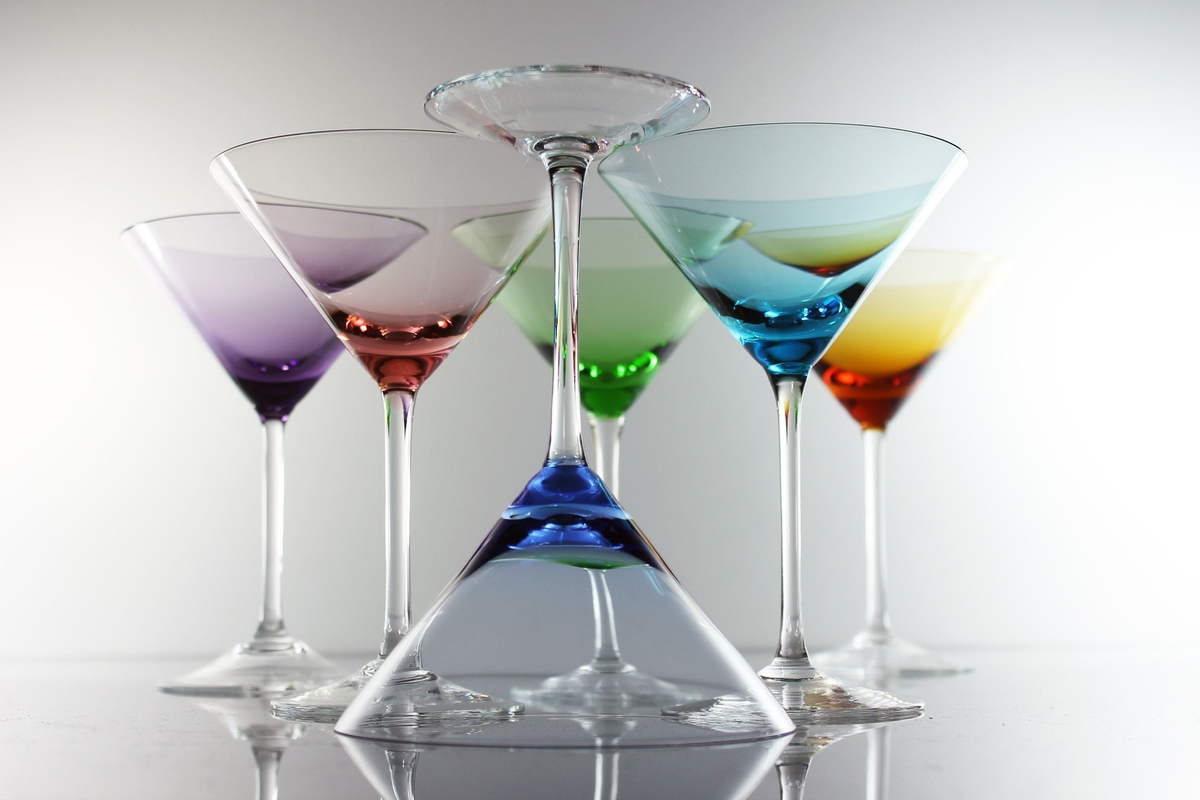
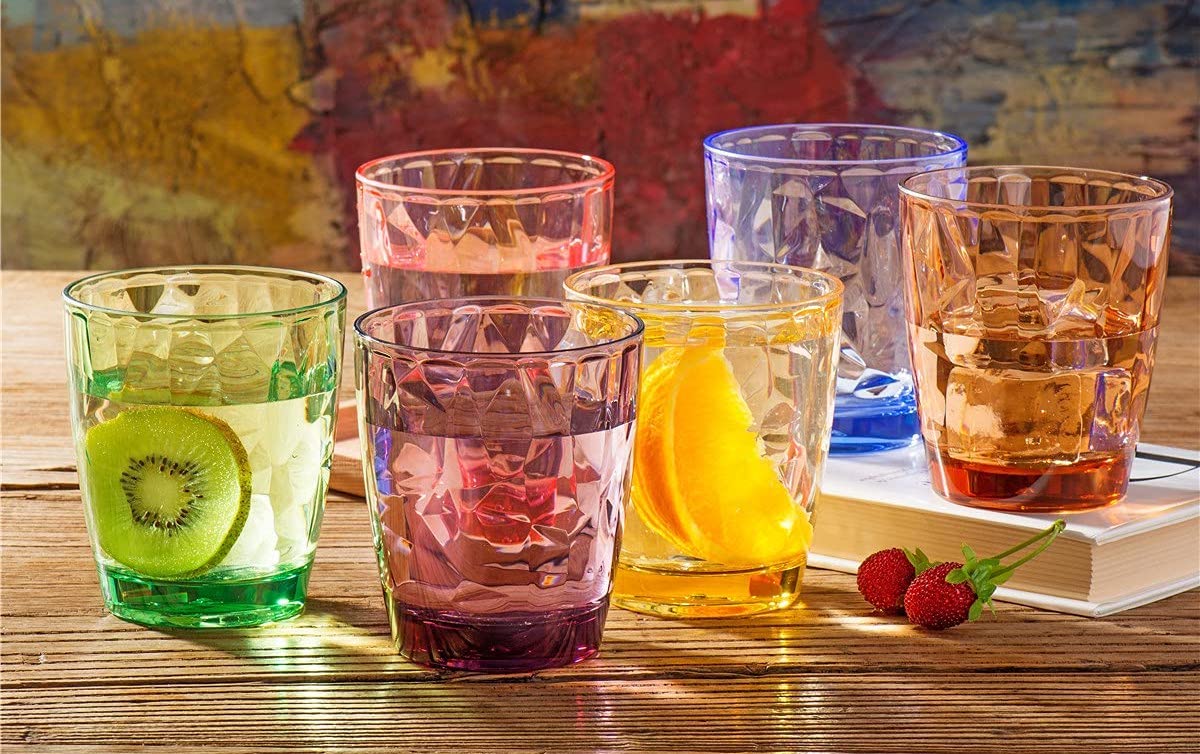
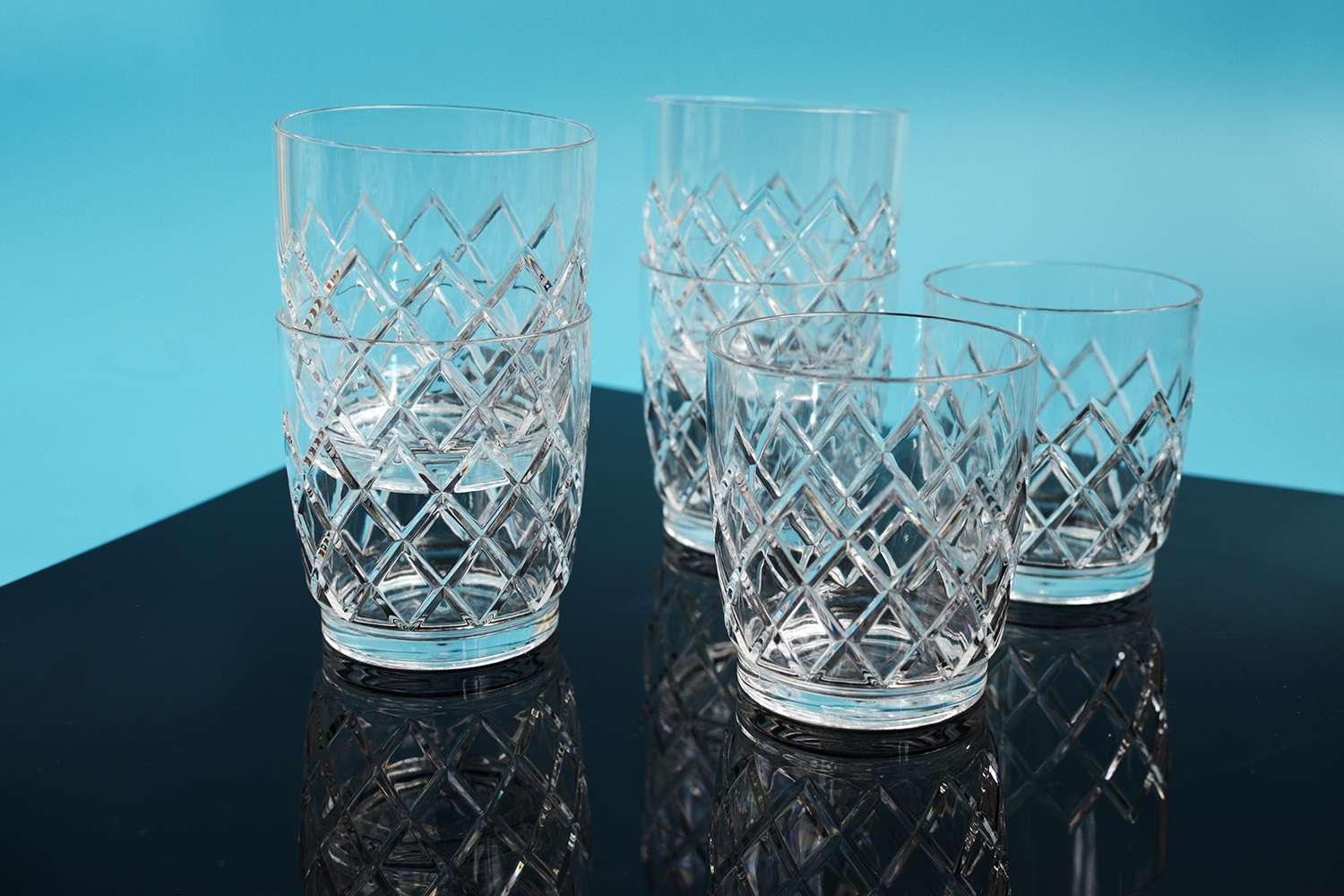
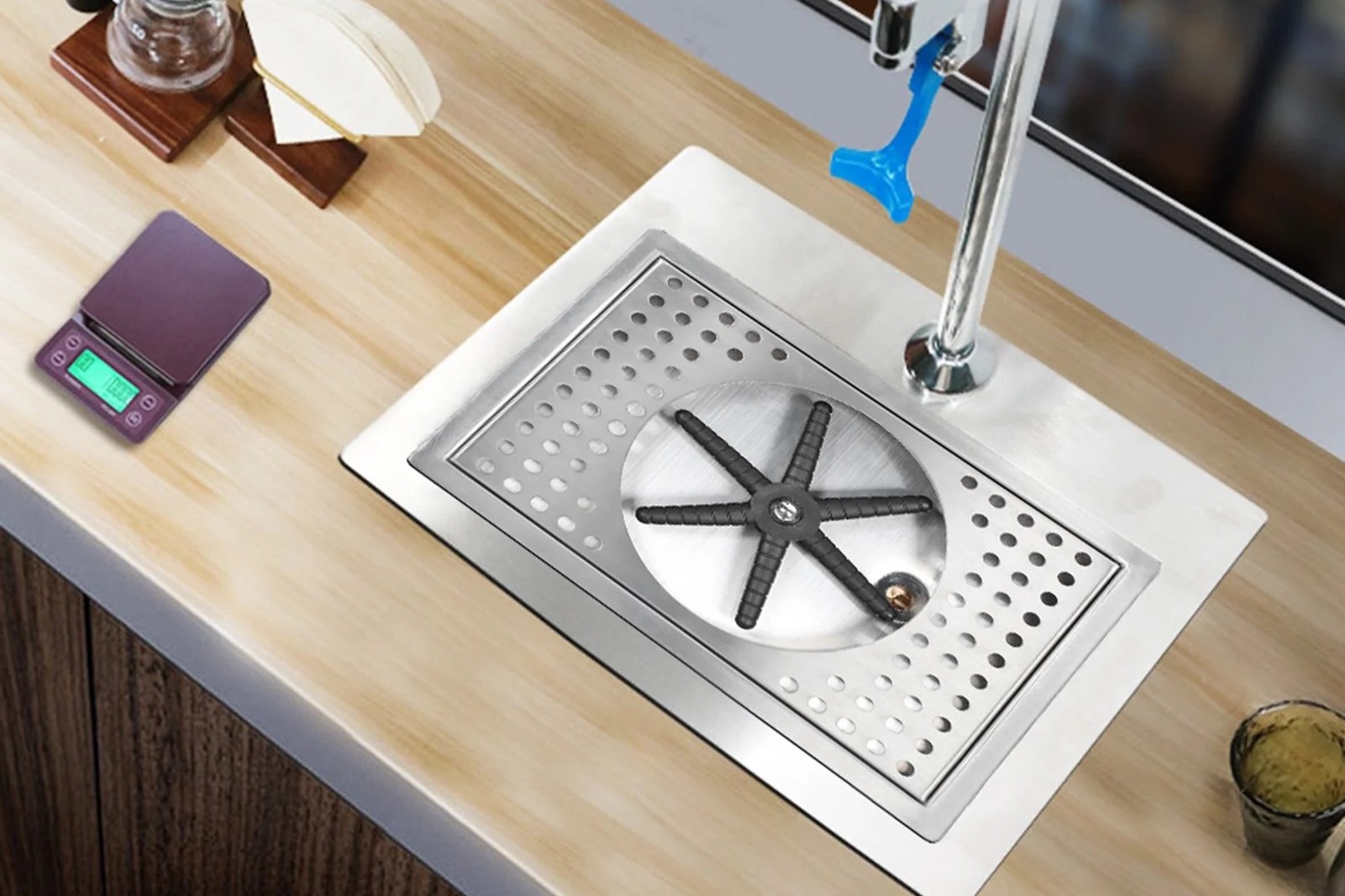
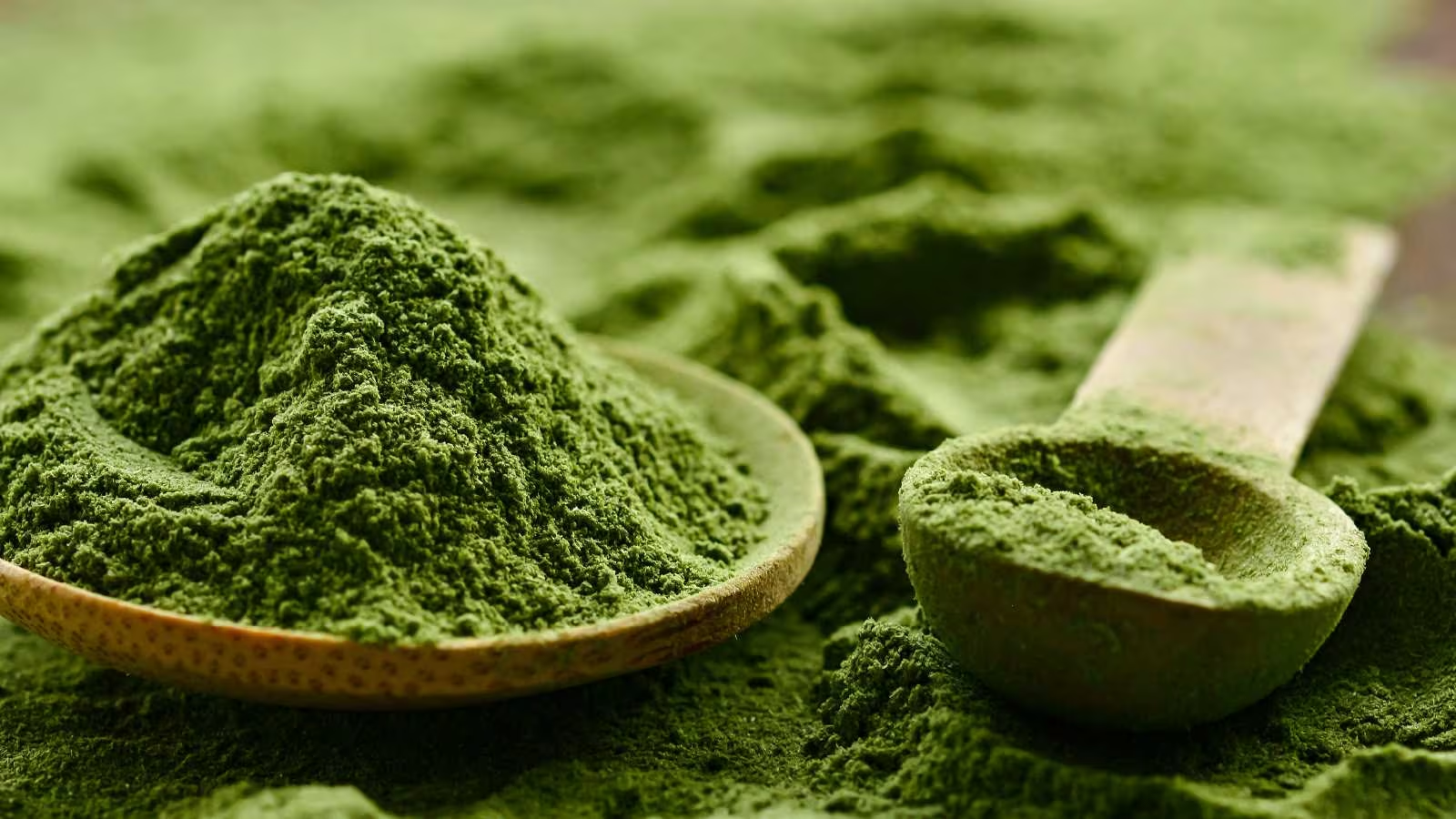
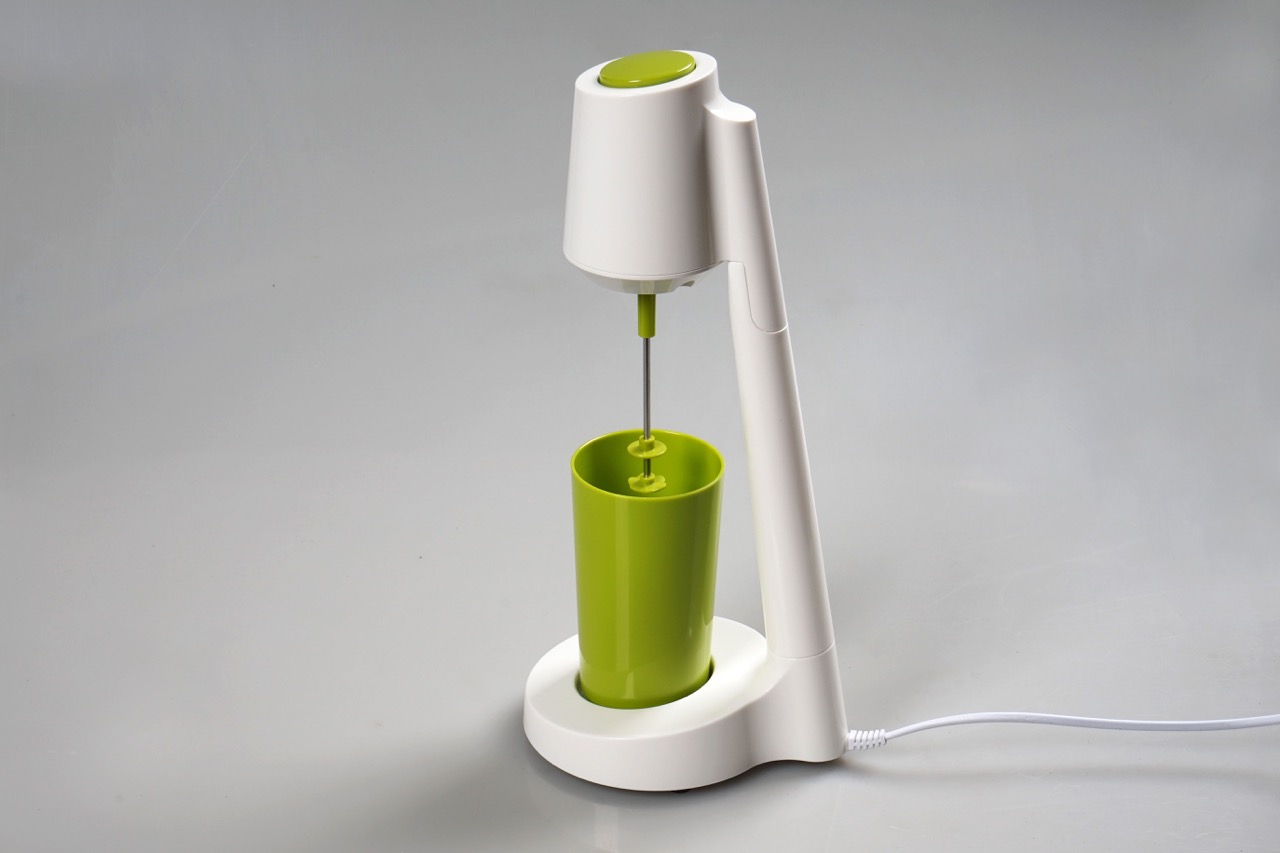

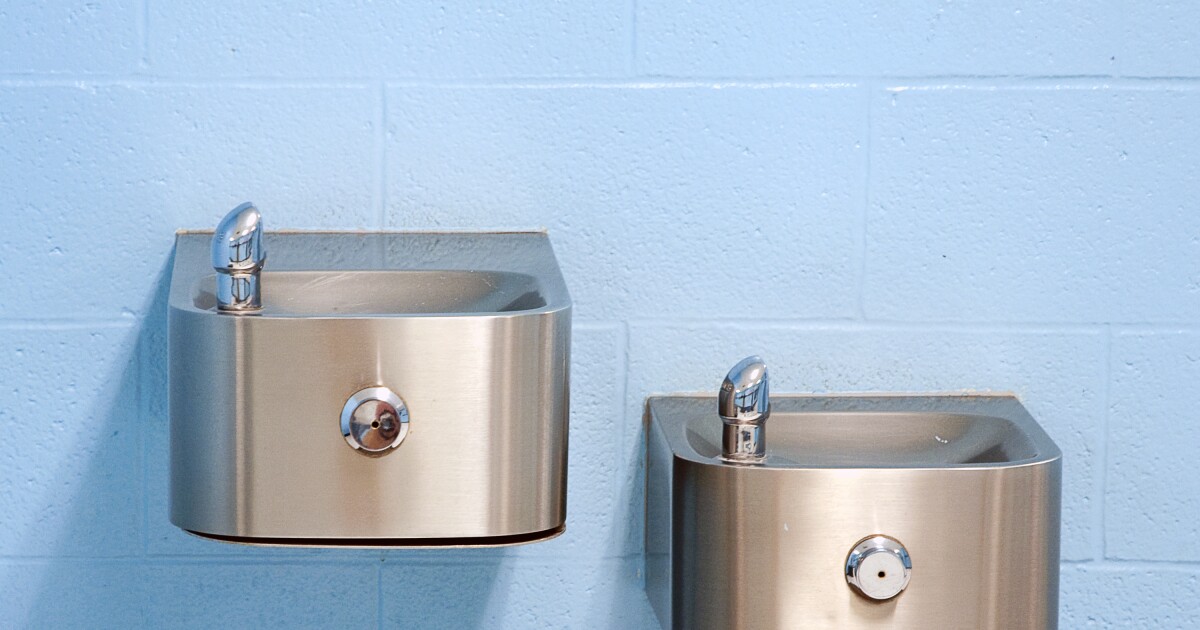

0 thoughts on “How To Store Drinking Glasses”